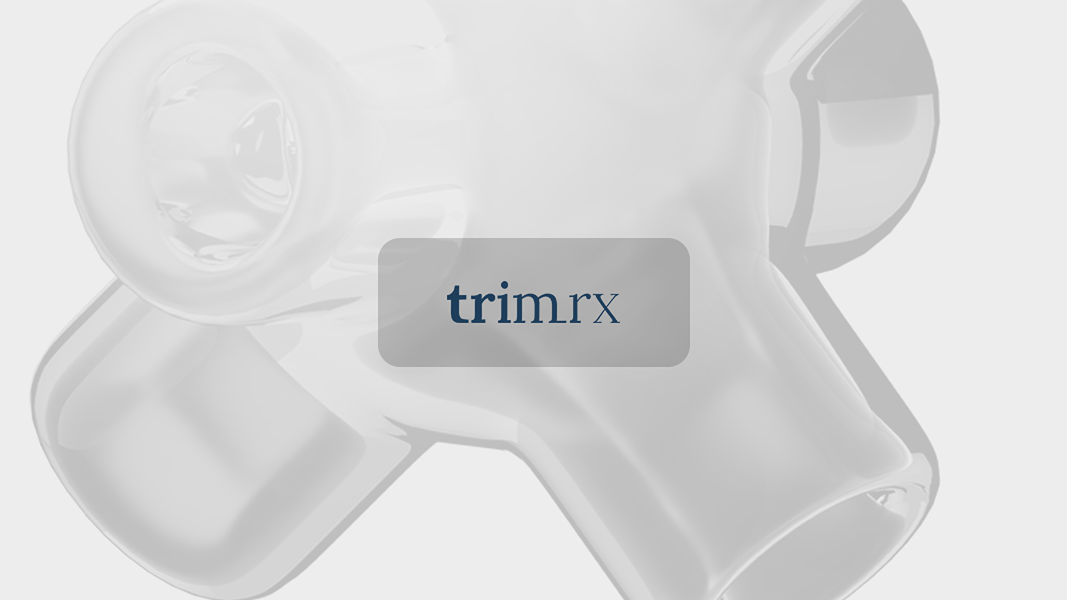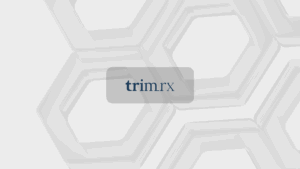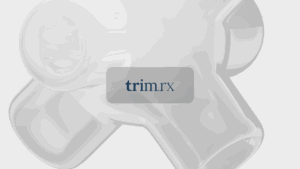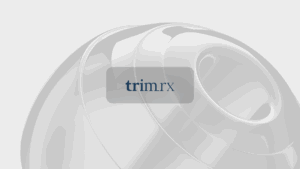How to Know If Your Ozempic Pen Is Empty: A Comprehensive Guide

Introduction
Picture this: You’re managing your diabetes with the help of an Ozempic pen, feeling confident and in control of your health. Suddenly, you realize you haven’t checked your pen in a while. How do you know if your Ozempic pen is empty? This question is crucial because understanding the status of your medication can significantly affect your blood sugar management.
Ozempic (semaglutide) is a prescription medication primarily used to treat type 2 diabetes. It helps regulate blood sugar levels and has gained attention for its potential benefits in weight management as well. As with any medication, knowing how to use it effectively is vital for achieving optimal results. This blog post aims to equip you with all the essential information on how to determine whether your Ozempic pen is empty, the features of the pen, and what to do when you find yourself in that situation.
We’ll cover the Ozempic pen’s key characteristics, how to read the dose counter, and the importance of proper disposal. We also aim to help you avoid common mistakes that can lead to incorrect dosing. By the end of this post, you’ll have a comprehensive understanding of how to confidently manage your Ozempic pen, ensuring your diabetes treatment remains on track.
Let’s dive into the details!
Understanding the Ozempic Pen
What Is Ozempic?
Ozempic is a glucagon-like peptide-1 (GLP-1) receptor agonist, which means it mimics the functions of the body's own GLP-1 hormone. This medication works by enhancing insulin secretion, reducing glucagon secretion, and slowing gastric emptying. These actions collectively help lower blood sugar levels in people with type 2 diabetes. Furthermore, Ozempic has been associated with weight loss, making it a valuable tool in the comprehensive management of diabetes and obesity.
Components of the Ozempic Pen
The Ozempic pen is designed for convenience and ease of use. Here are its key components:
- Dose Counter: This is a vital feature located on the side of the pen. It shows how many doses remain in the pen, helping you track your medication.
- Dose Selector: This allows you to choose the correct dose as prescribed by your healthcare provider. When you turn the dose selector, the counter displays the selected dose.
- Medication Reservoir: This is the clear window where you can see the medication inside. It is essential to check this reservoir along with the dose counter.
- Injection Button: This is the part you press to administer the medication.
How Many Doses Are in an Ozempic Pen?
Typically, an Ozempic pen comes pre-filled and can deliver multiple doses. The common dosages available are:
- 0.25 mg: Contains four doses for initiation.
- 0.5 mg: Contains four doses.
- 1 mg: Contains four doses.
- 2 mg: Contains four doses.
Each pen is designed to last for a month, provided you are following your prescribed schedule.
How to Check if Your Ozempic Pen Is Empty
Step-by-Step Guide
To determine if your Ozempic pen is empty, you can follow these straightforward steps:
- Check the Dose Counter: Locate the dose counter on the pen. If it shows zero, your pen is empty, and you need a new one.
- Test the Dose Selector: Turn the dose selector to your prescribed dose. If the selector does not turn or if it returns to zero immediately, this indicates that there is insufficient medication left for a full dose.
- Inspect the Medication Reservoir: Look through the clear window of the pen. If you see a clear and colorless liquid, it should indicate that the pen is functional. However, if the reservoir appears empty or only has a small amount of liquid, it’s best to replace the pen as it may not deliver a full dose.
- Listen for the Click: When administering your dose, if you hear a clicking sound without resistance, it’s a sign that the pen might be empty. You should replace it promptly.
- Monitor Blood Sugar Levels: If you notice unexpected fluctuations in your blood sugar levels, it could be a sign that your pen is empty or not functioning correctly.
Additional Tips
- Keep a Backup: Always have an extra pen at hand to ensure you don’t miss a dose.
- Regularly Check Supply: Make it a habit to check your pen after each dose to avoid surprises.
What to Do When Your Ozempic Pen Is Empty
Dispose of the Empty Pen Safely
Proper disposal of your empty Ozempic pen is crucial for both safety and environmental reasons. Here’s how to do it:
- Use a Puncture-Proof Container: Do not throw it in the trash. Instead, place your empty pen in a designated sharps disposal container.
- Follow Local Guidelines: Check with your local waste disposal authorities for the best practices on disposing of medical waste.
- Never Share Your Pen: Sharing pens can lead to infections or other complications.
Preparing Your New Pen
When transitioning to a new pen, follow these steps:
- Allow the New Pen to Reach Room Temperature: If you’ve stored your new pen in the refrigerator, let it sit at room temperature for a short while.
- Inspect for Damage: Before use, ensure that the pen is not damaged and that the expiration date has not passed.
- Prime the Pen: If your new pen requires priming, follow the instructions provided by your healthcare provider or the pen’s user manual.
- Administer Your Dose: Once ready, administer your prescribed dose as instructed.
Common Mistakes When Using the Ozempic Pen
Relying Solely on Visual Inspection
One of the most common errors is depending only on the visual check of the medication reservoir. It’s essential to remember that small amounts of medication may still be present, leading to the false impression that the pen is not empty.
Ignoring Dose Counter Readings
Failing to check the dose counter can lead to confusion about how much medication is left. Always ensure you check this counter regularly to avoid unexpected depletion.
Not Recognizing Blood Sugar Changes
If you're experiencing unexpected fluctuations in your blood sugar levels, it could be an indication that your pen is empty or not delivering the correct dosage. Pay close attention to these changes and take appropriate action.
Conclusion
Understanding how to determine if your Ozempic pen is empty is essential for effective diabetes management. By regularly checking the dose counter, inspecting the medication reservoir, and being aware of your blood sugar levels, you can ensure that your treatment remains consistent and effective. Always dispose of empty pens properly and keep a backup on hand to avoid interruptions in your medication regimen.
By following these guidelines, you can navigate your treatment with confidence and maintain control over your health. If you have any questions or need personalized support in managing your health journey, consider taking our free assessment quiz to explore suitable weight loss programs that align with your needs.
FAQ
How can I tell if my Ozempic pen is empty?
You can determine if your Ozempic pen is empty when the dose counter reads zero, and you cannot turn the dose selector to your prescribed dose. Replace the pen promptly for accurate dosing and proper medication intake.
What color is the Ozempic pen when it’s empty?
When the Ozempic pen is empty, it appears clear because there is no liquid inside. Always change pens to ensure you get the right dose.
Can I still use my Ozempic pen if it looks like there’s some medicine left?
No, you should not use the pen if it appears empty or nearly empty. Even if a small amount of medicine is visible, the pen may not be able to deliver a full dose, affecting your treatment.
What should I do with an empty Ozempic pen?
Dispose of your empty Ozempic pen in a puncture-proof container and prepare a new pen as necessary, ensuring it is functioning properly.
By understanding these essential aspects of your Ozempic pen, you can stay on track with your diabetes management and maintain your overall well-being. Let’s take charge of our health together!

Transforming Lives, One Step at a Time
Keep reading
Navigating Ozempic Dosing: Can You Take 1.5 mg of Ozempic?
Can you take 1.5 mg of Ozempic? Discover Ozempic’s standard doses, why 1.5 mg isn’t available, and the risks of deviating from prescribed dosages. Learn about safe, medically supervised weight loss.
Ozempic and Dialysis: Navigating Treatment for Kidney Health
Can you take Ozempic on dialysis? Explore the evidence, benefits for weight loss & glycemic control, and safety considerations for kidney health patients.
Can You Take Too Much Ozempic? Navigating Safe Dosing for Weight Management
Can you take too much Ozempic? Learn the critical risks of Ozempic overdose, common dosing errors, and how to ensure safe, effective use for weight management.
Can I Take Prednisone and Ozempic? Navigating Medications for Safe Weight Loss and Health
Can I take Prednisone and Ozempic together? Learn about potential drug interactions, managing blood sugar, and ensuring safe treatment. Get expert insights for your health.
Flying High with Your Health: Everything You Need to Know About Can I Take Ozempic on a Plane?
Wondering if you can take Ozempic on a plane? Get essential tips on storage, TSA rules, packing, and dosing to travel confidently with your GLP-1 medication.
Your Weight Loss Journey: Why Consider Ozempic and Personalized Care
Explore why take Ozempic for weight loss, its role in diabetes management, and how GLP-1 agonists work. Discover personalized medical weight loss solutions.
Considering Ozempic Without Diabetes? What Healthy Individuals Need to Know About Weight Loss Medications
Considering Ozempic without diabetes for weight loss? Understand its FDA-approved purpose, risks of off-label use, and safer alternatives like Wegovy and Zepbound for chronic weight management. Make informed decisions for your health.
Navigating Your Health Journey: Can You Take Steroids and Ozempic Together?
Can you take steroids and Ozempic together? Explore the interactions between corticosteroids, anabolic steroids, and GLP-1 agonists for safe weight management.
Is Ozempic Being Taken Off the Market? Navigating Your Weight Loss Journey with Confidence
Is Ozempic being taken off the market? Get the facts on Ozempic, compounded GLP-1s, FDA regulations, and safe weight loss options. Learn more now!






